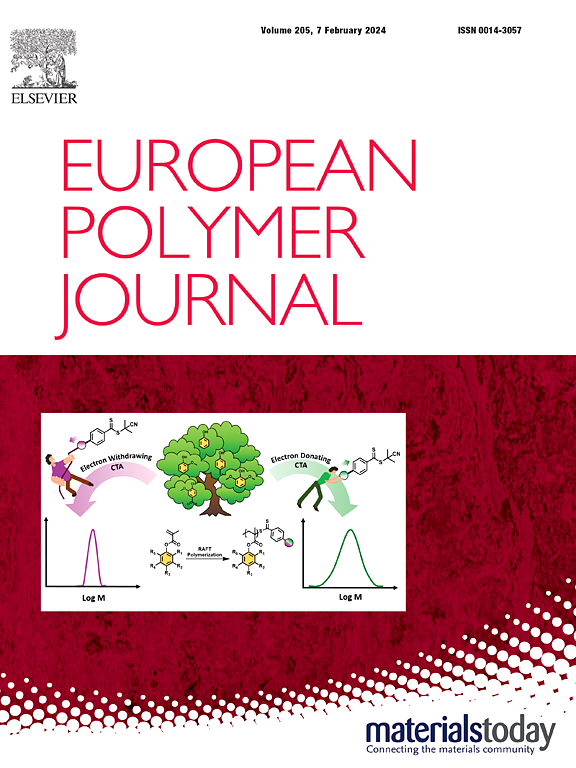Advancing Ziegler-Natta catalysis with internal donors
IF 5.8
2区 化学
Q1 POLYMER SCIENCE
引用次数: 0
Abstract
Heterogeneous Ziegler-Natta catalysts are promising targets in rapidly growing polyolefin sector. The progressive developments in catalyst evolution are majorly attributed to the inclusion of internal donors for high productivity and improved stereospecificity. The catalyst performance in propylene polymerization is significantly affected by the structure of internal donors and their mode of interaction with MgCl2 surface, and conformational arrangements at the vicinity of active Ti sites. Consequently, these donors play significant roles in controlling tacticity and MWD of polypropylene to further determine the critical polymer properties such as MFI, bulk density, crystallinity, flexibility, hardness, ductility etc. In this mini review, we have presented an overview of ZN catalyst system considering the mode of interactions of internal donors over MgCl2 surface, comparative analysis of different classes of internal donors in terms of structure–activity relationship, rational design of new donors including bio-derived substrates, and salient features of industrial non-phthalate donors. The article concludes with dialogues over challenges and opportunities, and future outlook in the domain of new internal donors.

求助全文
约1分钟内获得全文
求助全文
来源期刊

European Polymer Journal
化学-高分子科学
CiteScore
9.90
自引率
10.00%
发文量
691
审稿时长
23 days
期刊介绍:
European Polymer Journal is dedicated to publishing work on fundamental and applied polymer chemistry and macromolecular materials. The journal covers all aspects of polymer synthesis, including polymerization mechanisms and chemical functional transformations, with a focus on novel polymers and the relationships between molecular structure and polymer properties. In addition, we welcome submissions on bio-based or renewable polymers, stimuli-responsive systems and polymer bio-hybrids. European Polymer Journal also publishes research on the biomedical application of polymers, including drug delivery and regenerative medicine. The main scope is covered but not limited to the following core research areas:
Polymer synthesis and functionalization
• Novel synthetic routes for polymerization, functional modification, controlled/living polymerization and precision polymers.
Stimuli-responsive polymers
• Including shape memory and self-healing polymers.
Supramolecular polymers and self-assembly
• Molecular recognition and higher order polymer structures.
Renewable and sustainable polymers
• Bio-based, biodegradable and anti-microbial polymers and polymeric bio-nanocomposites.
Polymers at interfaces and surfaces
• Chemistry and engineering of surfaces with biological relevance, including patterning, antifouling polymers and polymers for membrane applications.
Biomedical applications and nanomedicine
• Polymers for regenerative medicine, drug delivery molecular release and gene therapy
The scope of European Polymer Journal no longer includes Polymer Physics.
 求助内容:
求助内容: 应助结果提醒方式:
应助结果提醒方式:


